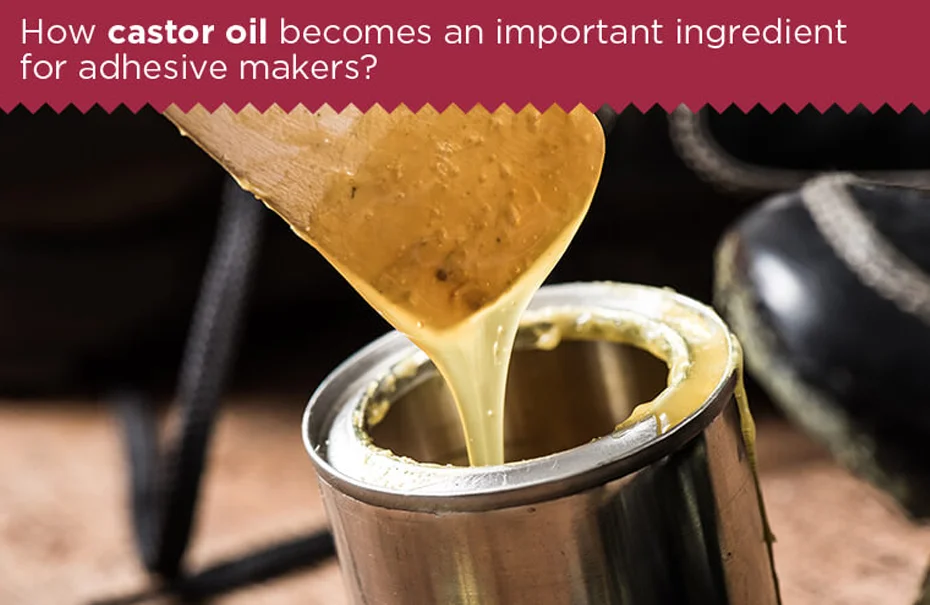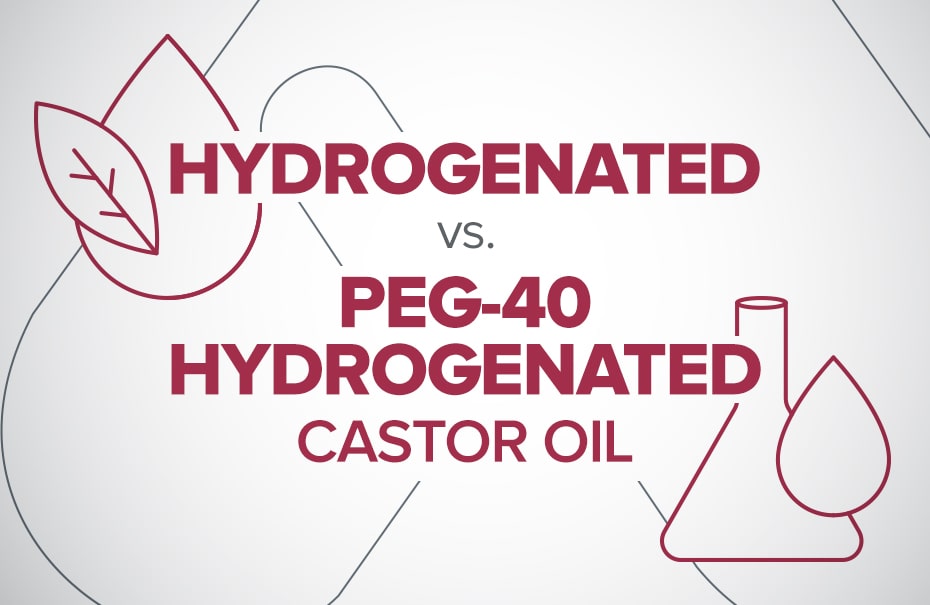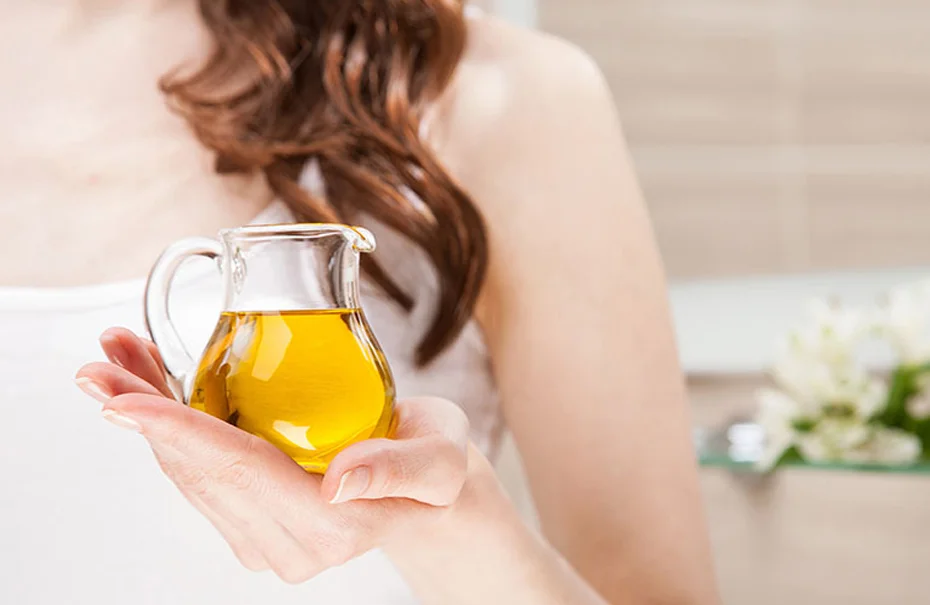How castor oil becomes an important ingredient for adhesive makers?

We use adhesives to bond wood panels. Adhesives basically are petroleum products having volatile organic compounds. The harmful substance, VOC, if inhaled may cause cancer. Researchers have come up with an alternative to replace adhesives. The polyurethane that’s derived from castor seeds is a practical renewable source. Polyurethane can be used in structural applications, both internal and external. It is highly weather resistant. The aim of this blog is to establish that castor oil can be a crucial ingredient for adhesive makers!
Some crucial facts
Around 70% of wooden things use adhesives. Wooden derivatives are very rampant these days. This also implies the increased use of synthetic adhesives.
Usually, the panel-binding procedure to create decorative furniture uses thermosetting resins like urea, phenol, isocyanate & melamine formaldehyde. The resin is derived from petroleum having the solvent in composition, VOC that is toxic and carcinogenic.
These toxic adhesives may cause leukemia and nasal cancer in workers. Besides, they cause instant abortion in women’s case.
Toxic adhesives have spreadability on the skin surface. They cause irritation and allergy on sensitive skin. When inhaled may cause headache, fatigue, nausea and eye irritation.
Polyurethane, procured from castor oil does not have VOC in the composition mix. Castor beans (Rinicus Communis), the tropical plant has oleo-chemical potential and provide polyols from fatty acids. Ricinoleic acid, the important ingredient of castor oil has a functional hydroxyl group imparting alcohol characteristic properties to the oil.
Read More – How castor oil becomes an important ingredient for adhesive makers?
The motive
These alcohol properties make the oil stable under varying temperature and pressure conditions. Polyurethane can be put to structural applications, both externally & internally, being weather resistant.
This polyurethane was put to various laboratory tests & the results were astonishing. The tests were performed under temperatures around 80 degrees centigrade with some initial loss of mass in the test sample. MDF panels were tested with 10-12 percent urea-formaldehyde and polyurethane. The panels thus obtained had the best results in terms of internal adhesion & flexion resistance.
Yet another experiment performed confirms the high density of polyurethane, highly suited for industrial uses.
The mechanical properties of a polyurethane are indicative of the compatibility for any standard requirement.
Some other tests established that the adhesive (polyurethane) is very promising in MDF productions.
Experimental thesis
In this experiment, the raw MDF panel of the density of 0.70 gram per centimeter cube was used. Its thickness was something around 10 millimeters.
PVA based adhesive was being used for the wooden artifact-collage. This very adhesive is used for conventional bonding processes once the basic procedures are done within three to four hours at room temperatures.
Polyurethane according to castor oil dries up fast. It also provides an excellent sheen & finish, to say the least. It high performing side is something castor oil manufacturers worldwide desire.
Polyurethane – the castor oil derivative was a bi-component resin (polyurethane) that combined chemically with wood-resin. Polyurethane is completely non-toxic and goes with any type of wood finishing. Also, surprisingly, it has no mineral fillers (i.e, zero solid components), a density of around one gram per centimeter cube, five hundred CPS at 25 degrees centigrade of viscosity, and requires the total curing time of around 72 hours.
Sample Testing
The MDF panel was cut roughly into 36 pieces. The pieces were cut into L-shaped figures. This was done so as to adapt to machine claws. Further, to provide a smooth finish, the pieces were sanded manually with emery papers (220 grits). Then, the adhesive side of the paper was marked with a pen according to ASTM D standards.
The unmarked side was spread with 0.05 grams of adhesive carefully over a region of a one-centimeter square. This adhesive was thoroughly put in 6 samples in total. The process was conducted manually.
Polyurethane manufacturers suggest that the polyol-prepolymer proportion was 1:1.
Now, the mix was put into desiccators that were attached to a pump. The process was followed for seven long minutes to remove the air bubbles if any. The contact adhesive was to be spread and would be observed for another five minutes for binding two pieces together.
But, on the other hand, PVA adhesive never requires any special care.
After sample tests were done, the MFD samples were observed for 72 hours. This was done in a humid controlled environment to allow complete drying.
The test inference
The polyurethane showed 13.8 MPa and a deformation of 7.8 millimeter. Therefore, we can infer that the rupture tensile of polyurethane was way superior as compared to PVA (1.5 MPa and deformation of 2.5 millimeters).
Also, polyurethane is preferred by castor oil manufacturers in India because of better resistance. Urea-formaldehyde, on the other hand, can be used for indoor environments only. Polyurethane despite being a semi-adhesive has much better performance than conventional adhesives (PVA).
High density woods could influence the adhesive bonds due to difficulty of penetration and creates higher internal-steam because of hot pressing.
The results thus obtained may vary due to the nature of the wooden species. The gram weight of the wood block also contributes to varying results. The adhesive type, environmental conditions also impart some differences in the results obtained.
Conclusion
In this blog, we have tried to establish that polyurethane, the castor oil product is being preferred by castor oil manufacturers owing to its harmless adhesive properties. Unlike its petroleum counterparts, it does not impart any kind of damage to human beings. This renewable resource can go on for years. Polyurethane is economically more viable, ecologically friendly and socially fair.
With so many positives, we may delve deeper into polyurethane without too many arguments. Now is the time to evaluate the resistance of polyurethane, and its cold water treatments. Also its best-pressing time, grammar weight and other factors are to be brought into limelight!



